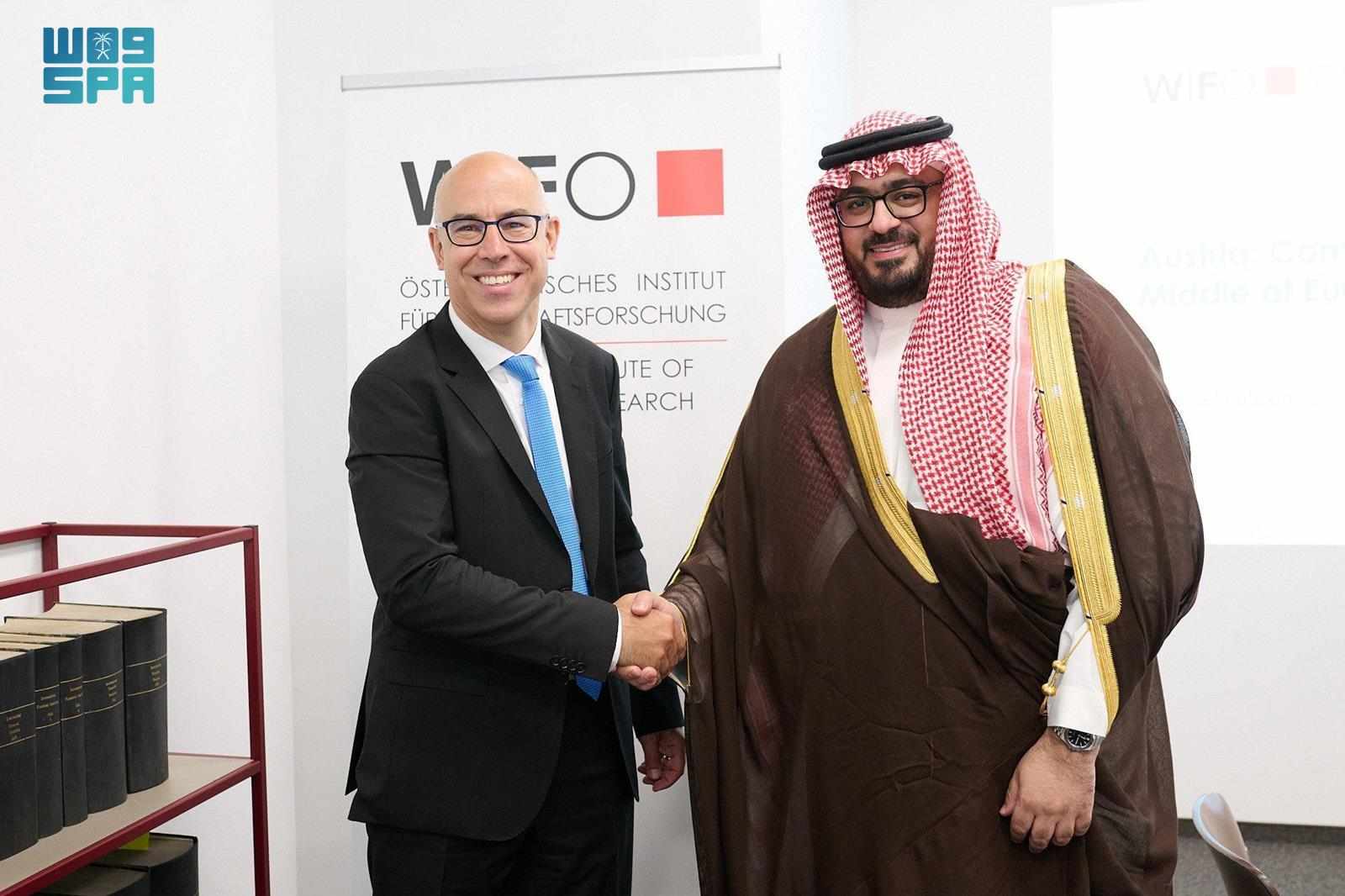Saudi debt market ‘stands out’, real estate prices rising since 2015: Fitch’s Haydar
- Date: 31-May-2023
- Source: Argaam
- Sector:Financial Services
- Country:Saudi Arabia
Saudi debt market ‘stands out’, real estate prices rising since 2015: Fitch’s Haydar
Saudi Arabia’s debt market is distinguished from other markets in the region, backed by the government and banks’ tendency to issue sukuk, which creates a yield curve, Samer Haydar, Head of GCC Corporates at Fitch Ratings, told Argaam on the sidelines of Euromoney Saudi Arabia Conference 2023.
This in turn helps private firms issue bonds, Haydar added, noting that most of Saudi issuances are riyal-denominated and have no credit ratings.
In 2022, there was a noticeable drop in issuance compared to a year earlier, Haydar said, citing global market reasons.
Fitch Ratings expects businesses to leverage the liquidity and incentives offered by the government to activate the debt market, and the initial public offerings (IPOs) in the local capital market. This depends on corporate appetite for diversifying capital restructuring and reducing bank loans, Haydar added.
Companies tapped banks in 2022 to alleviate the impact of interest rates. The refinancing size between 2023 and 2025 will drive companies to reissue sukuk and get refinancing.
Further, inflation and interest rates affect companies’ profit margins. Companies had bonds at a four-year fixed interest rate in 2021. They will return to debt markets in 2024 and 2025, as they adapted to high rates.
On the real estate market, Haydar said




















